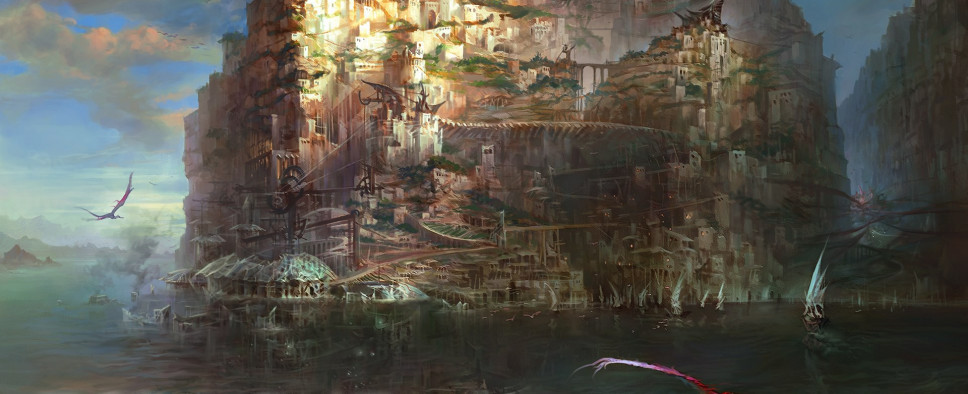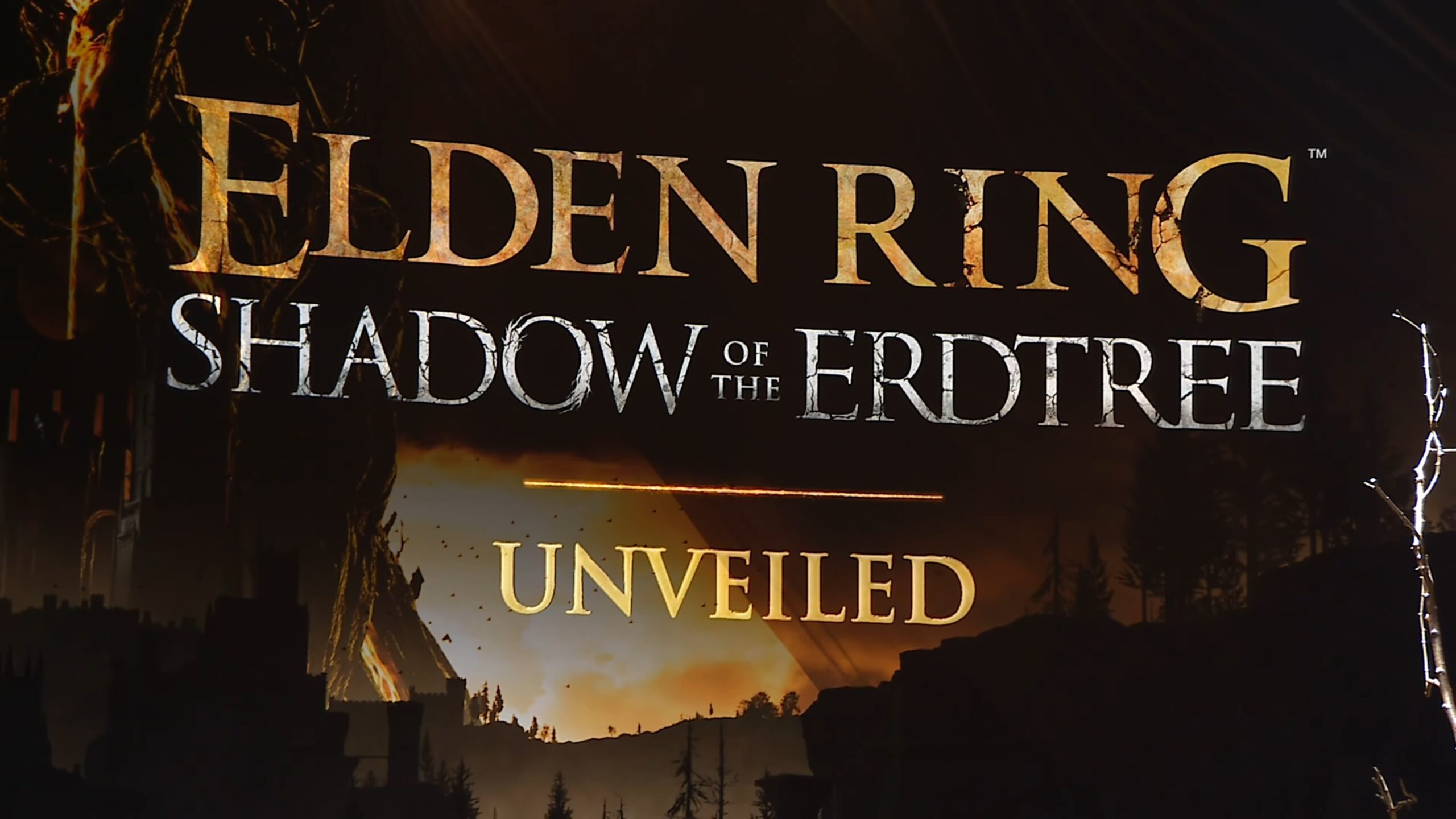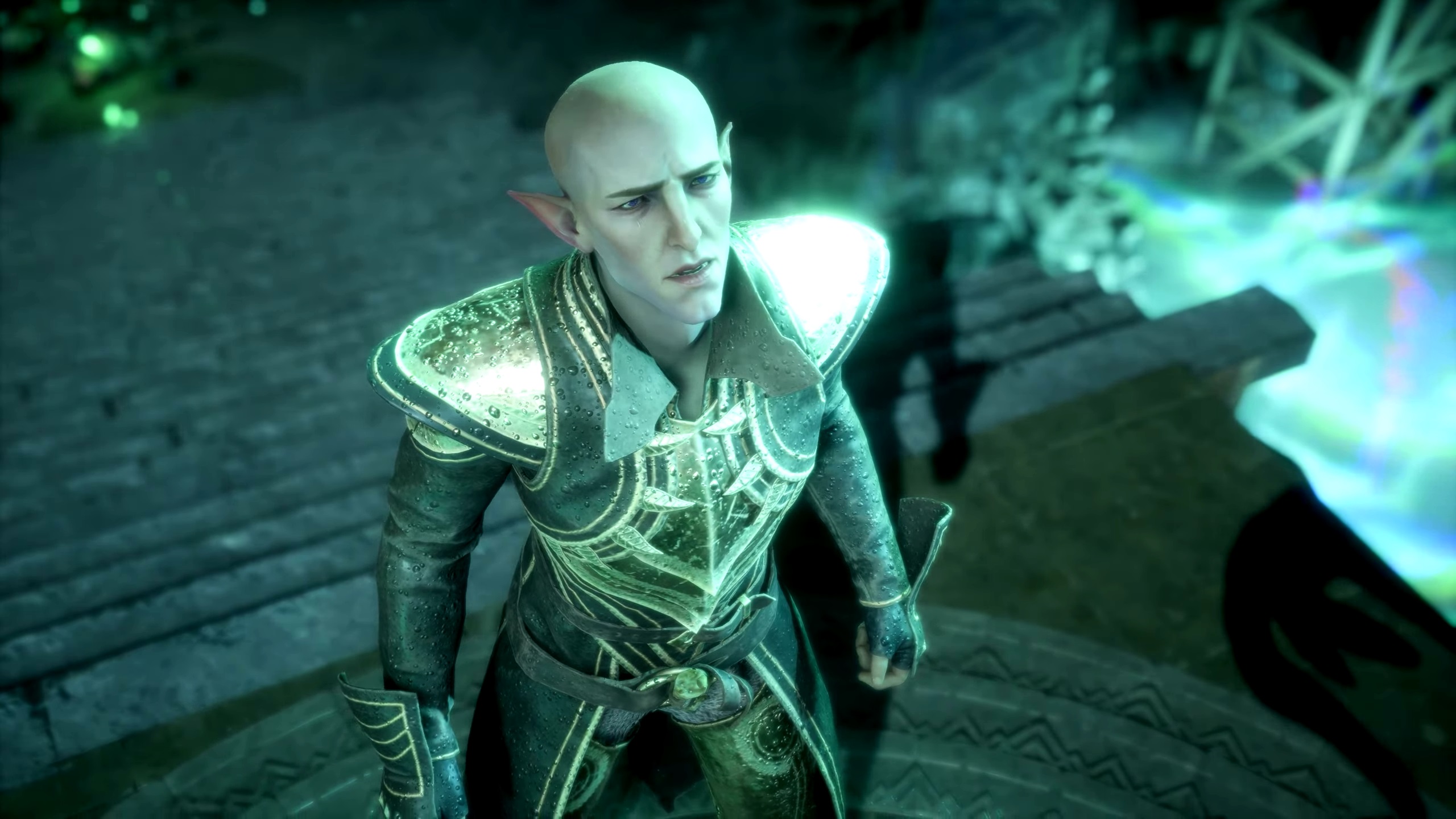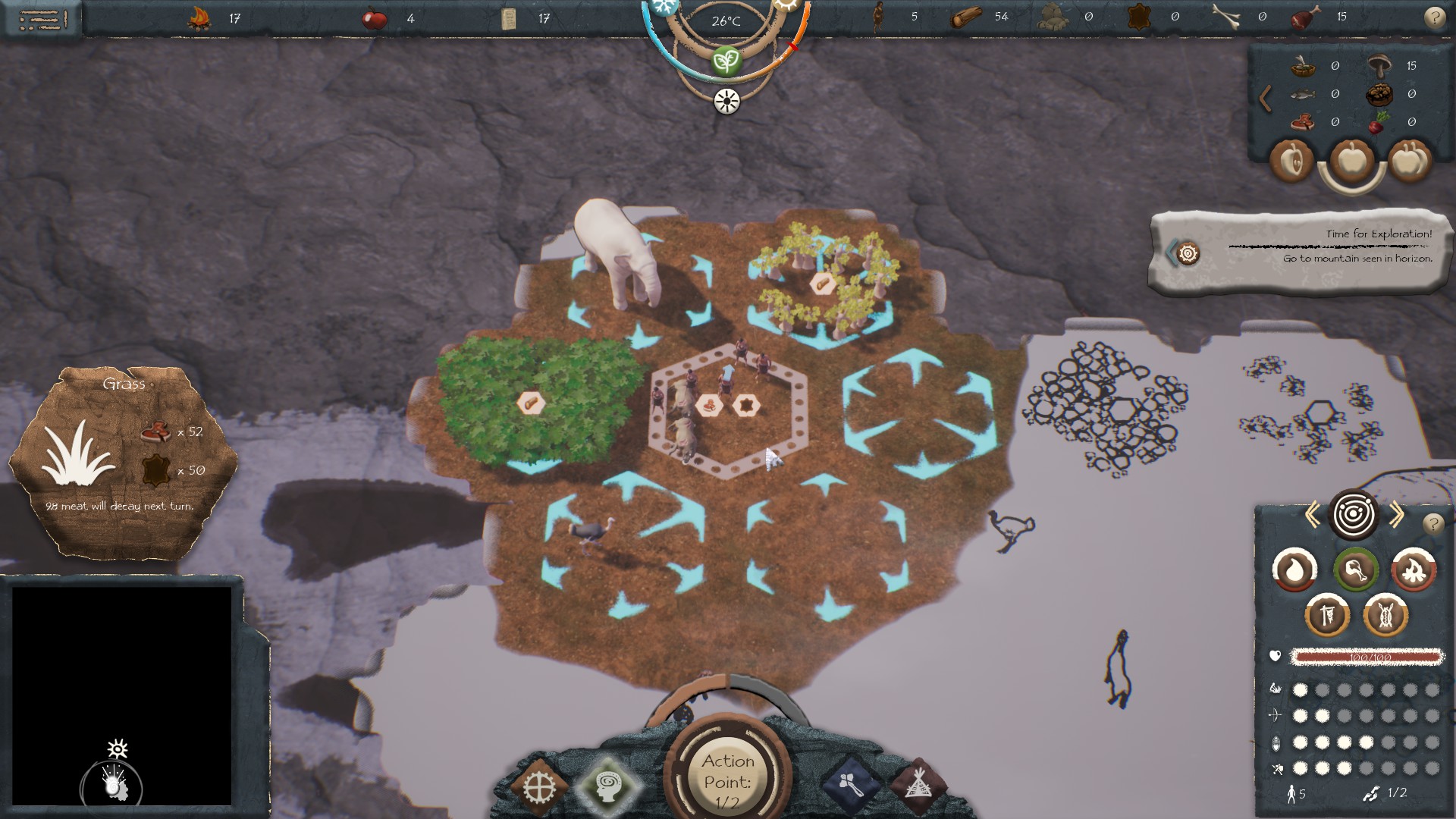In your recent Kickstarter update, you talked about your work on area design. You mention how you divide planned content into the A, B or C priority, in order of importance. Can you tell us more about the procedure behind this?
George Ziets
It is fairly common to classify content in this way (at least at the studios where I’ve worked). The goal, essentially, is to ensure that the most important content the stuff that is critical for the player experience to make sense gets created first. Different studios define A, B, and C content a little differently. For us, A means that a particular piece of content is critical and will be implemented no matter what. A basic guideline is that if we create only the A-priority content, but we do all of it, then we feel the game will still be great. B content is lower priority, but we assume we will make it, and we include it in the production schedule. C content would be nice to have, but we assume we will *not* make it, and we don’t include it in the schedule. However, if we find that we have a little extra time, we can consider implementing the C content later.
Having said all that, let me give you an example of how it happens in practice.
In my initial design pass on the Bloom, I didn’t worry too much about prioritizing content. My goal was to generate as many cool characters, locations, and ideas as I could. (If I start prioritizing things too early, I find that I focus too much on the content that I *think* is going to be A-priority. when in fact, priorities often change over the course of development. A location that I assumed would be B- or C-priority might become so interesting that we shift content around to make it A.)
Once I had a fully developed zone brief with lots of interesting content, I started looking at everything with a more critical eye. Was a particular piece of content required to tell the main story for the zone? If so, it became A-priority. I also wanted to make sure that the player had multiple solutions to the main storyline quests, so any content that offered those alternative solutions also became A-priority. This meant that the A content could, if necessary, stand on its own – it didn’t rely on us creating any of the B content. This meant that we could more easily cut the B-priority content later if that became necessary. (When you do cut content, you generally create some extra work because it impacts things you’ve already implemented. One way that prioritization can help, if approached in this way, is by making it easier to make certain cuts with minimal impact on what you’ve already done.)
Sometimes I made priority decisions based on location. For example, some of our side content had little bearing on the player’s particular story, but it helped fill out an A-priority location, so it got marked as A-priority too.
Everything else became B- or C-priority. But B vs. C is still a difficult choice. As I mentioned above, we assume that we won’t be making the C content, so when we designate something as C, we’re preemptively cutting it. This can feel a bit cruel to your lovingly-crafted characters and locations, but after you’ve been working in games for a few years, it becomes a little less painful. Sometimes.
In the Bloom, I started with a total of twelve locations ((scenes)), the largest of which was the Vast Interior. (If you saw my Kickstarter update, the accompanying blockouts depicted an earlier version of the Vast Interior.) Eight of those scenes contained some amount of main story content and were marked as A. Two others were not imperative for the story but further developed the narrative for the zone, so we marked them as B. Two more were really cool, but we (Colin, Adam, Kevin, and me) all agreed that they would cause the least damage to the zone if cut, so they were marked as C.
In some cases, we liked (or needed) specific elements in the C-priority scenes so much that we relocated them to other parts of the Bloom. For example, Chris Avellone liked one of the cyphers I’d designed for a C-priority scene and wanted to incorporate it into his companion’s arc. So that cypher received a last-minute reprieve and will now be moved to an A-priority scene. In another case, Jesse and Colin had a great idea that would extend one subplot in the Bloom (and provide us with a setting for one of our Meres), which led me to add a new B area. It was a natural extension of the original design, but not an element I had originally chosen to include.’‹
…
The original Torment as well as Mask of the Betrayer are known for their originality and weirdness at least in comparison to other CRPGs. When talking about why Pillars of Eternity will incorporate dwarves, elves and other fantasy tropes, Josh Sawyer touched on the importance of player familiarity. What’s your take on this? Do you think it could ever get too (unfamiliar)? Too abstract?
George Ziets
This is partly a matter of personal taste, but I place much less value upon familiarity in new settings. Audiences are a lot more flexible than we often think. To me, it’s more important that character motivations and emotions feel believable and identifiable, regardless of setting. If you create characters who feel and act in a believable way, have problems that players can identify with, and are likable, audiences will tolerate a lot of weirdness in setting details.
Presentation is also a major issue to consider in a new setting. If you try to throw a lot of unfamiliar setting details at a player in the first ten minutes of gameplay (or, worse, in a convoluted opening cinematic), you’re likely to lose your audience. If, on the other hand, you drop them into a world that is full of mysteries, and the player is learning about the new world as an integral part of gameplay and story, their unfamiliarity with the setting can actually be an asset it encourages a sense of ongoing discovery that can help keep the player engaged throughout the game.
I think problems arise in new settings when characters are flat and boring, stories are clichéd, the audience isn’t emotionally invested in what’s happening, and the creators are relying upon the details of the setting itself to interest the audience. A lot of hard science fiction falls into this trap. Writers can become so focused on communicating the details of the setting that they fail at job #1, which is creating an engaging story.’‹
Colin McComb
Josh is a really smart guy, and he’s right that many gamers place a great deal of value on familiarity so that they have touchstones on which to base their experience with a game. Using standard fantasy tropes is a great way to get people to ease into acceptance of the stranger aspects of the setting for instance, the novel soul mechanics of Pillars of Eternity. This is the right decision for their game, which deliberately takes on some of the trappings of a magical, medieval setting. Given their vision and the experience they’re targeting, it would be a mistake for them to introduce too much abstract weirdness into the early part of the game.
Our vision was about something else altogether, and I think I hope! that we made our backers aware of just how weird and wonderful our setting is. Part of why we chose Numenera in the first place was because we want to deliver a setting that is intentionally strange and mysterious to our players, and one that will come to make coherent, internally consistent sense through the course of the game. We’ve said before that the game takes the player through the life of the Last Castoff, and we meant that. When the player enters the game, he or she will do it as an infant to the world. The world should be unfamiliar, just as it is to a newborn. The player will gain familiarity through experience.
That said, sure, a game could get too abstract or too weird. But I believe that if we create strong characters with believable motivations, realistic choices, and interesting situations, the strangeness of the setting becomes an inextricable part of the pleasure of the game.





